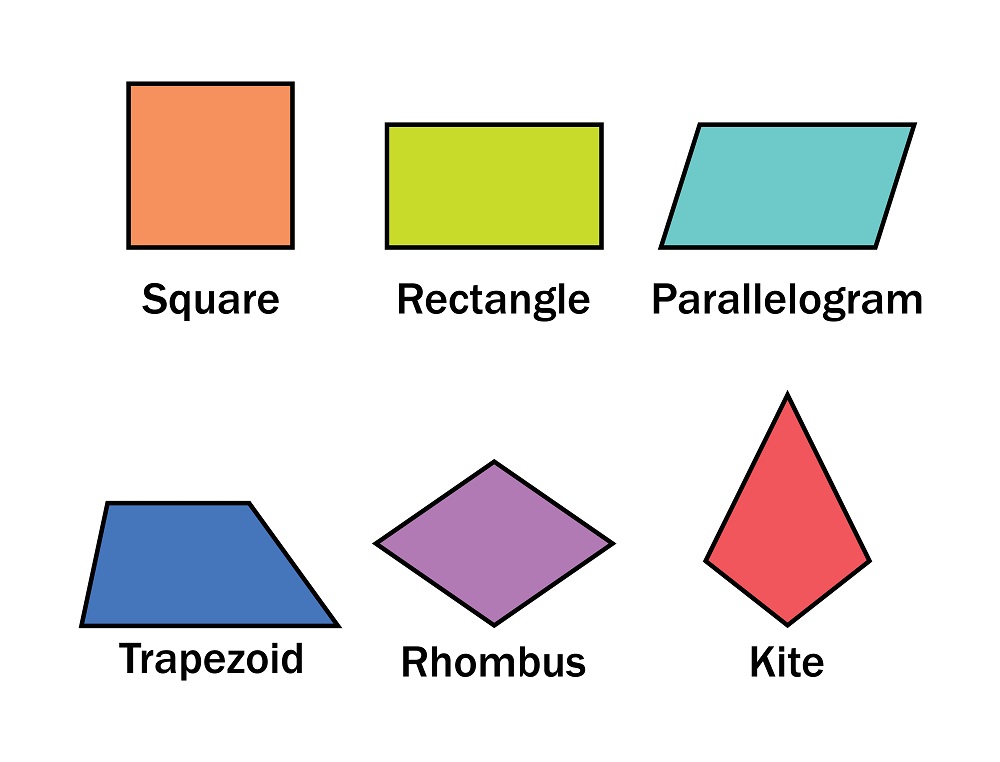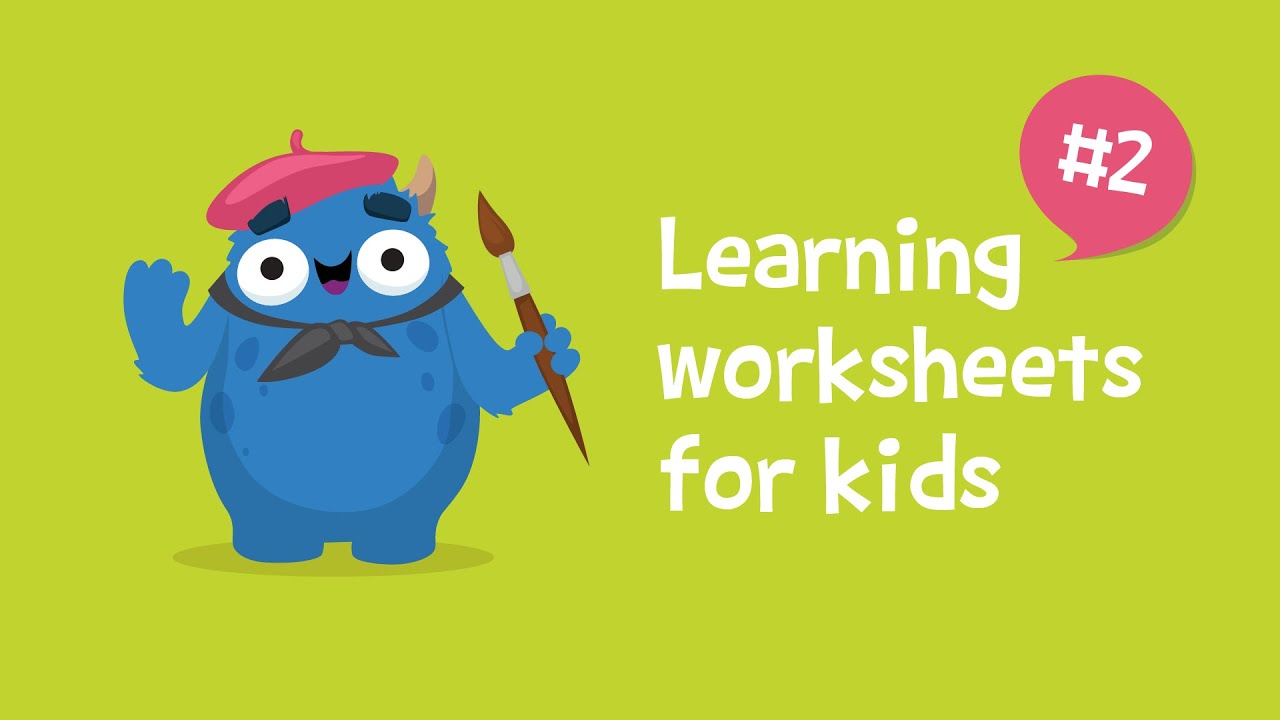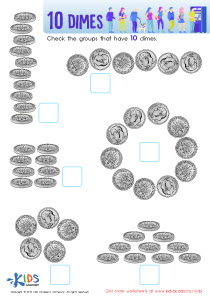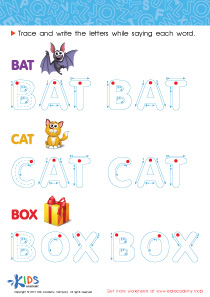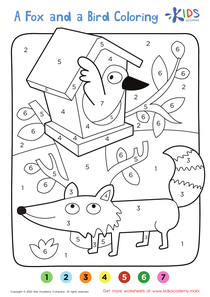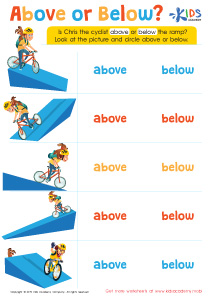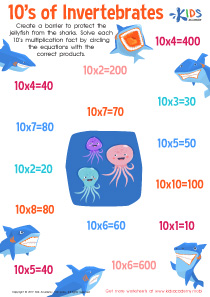Reading worksheets activities for Ages 4-6
24 filtered results
-
From - To
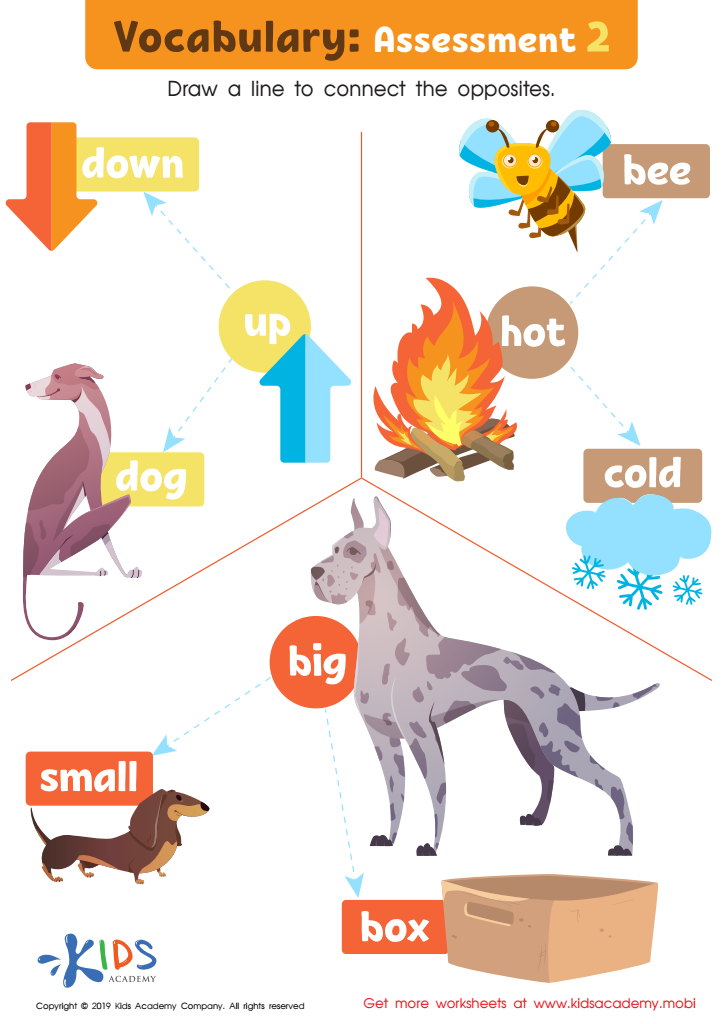

Vocabulary: Assessment 2 Worksheet
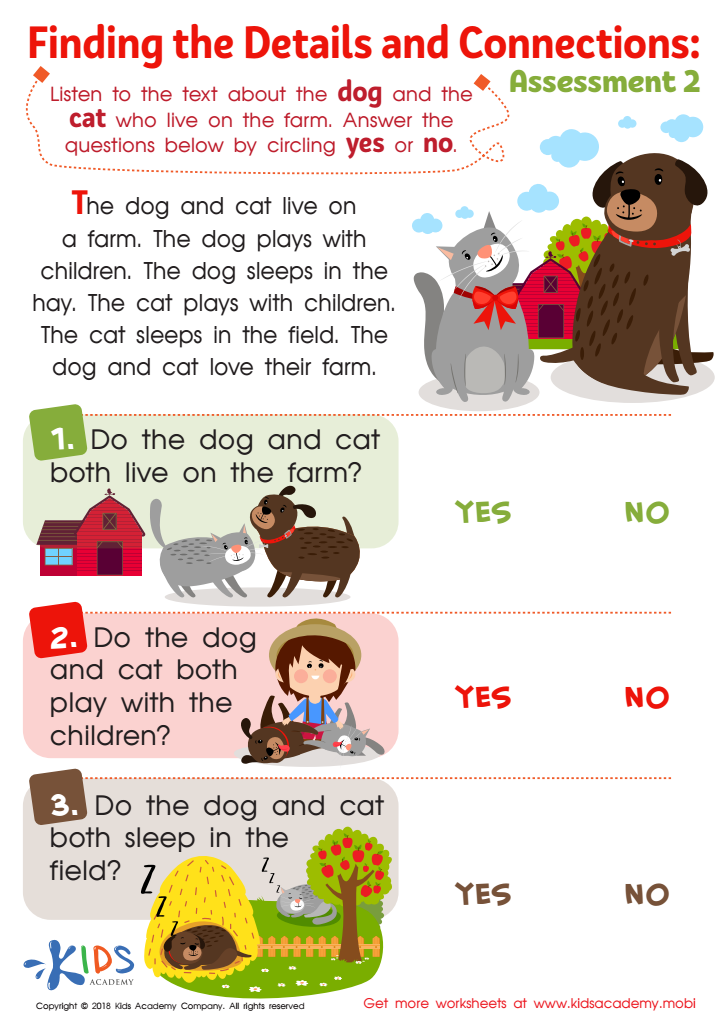

Finding the Details and Connections: Assessment 2 Worksheet
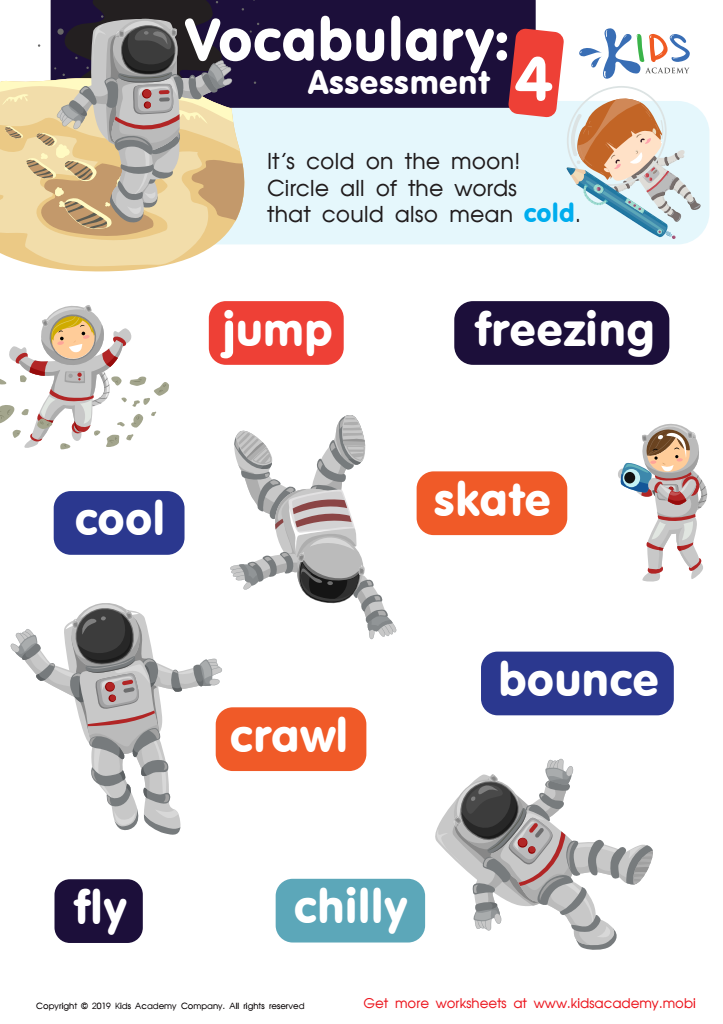

Vocabulary: Assessment 4 Worksheet
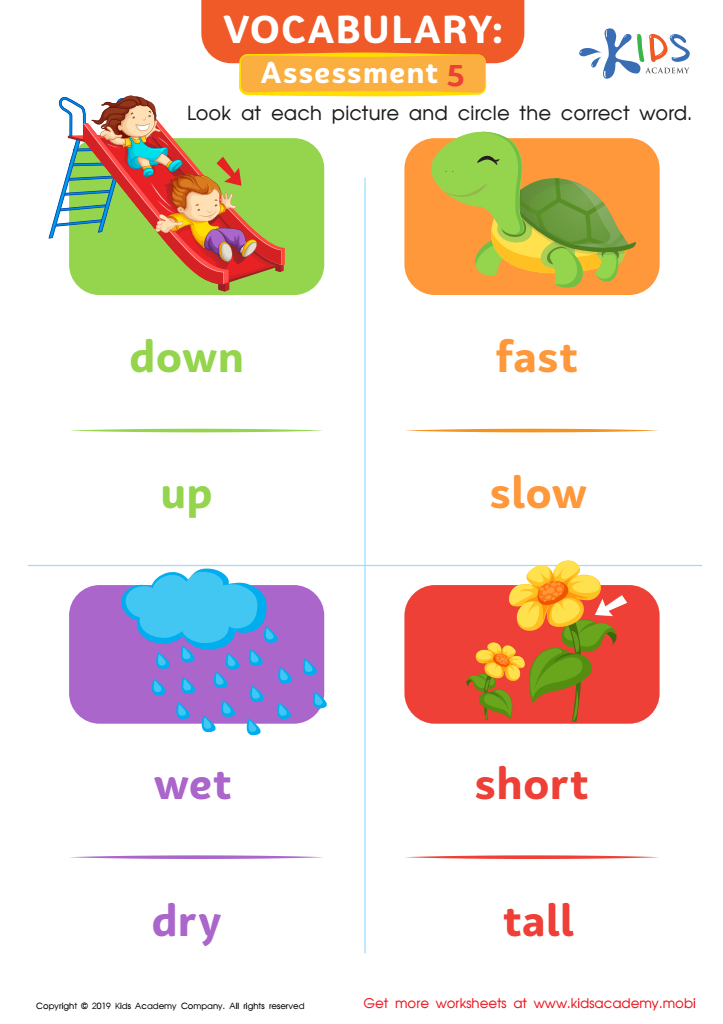

Vocabulary: Assessment 5 Worksheet
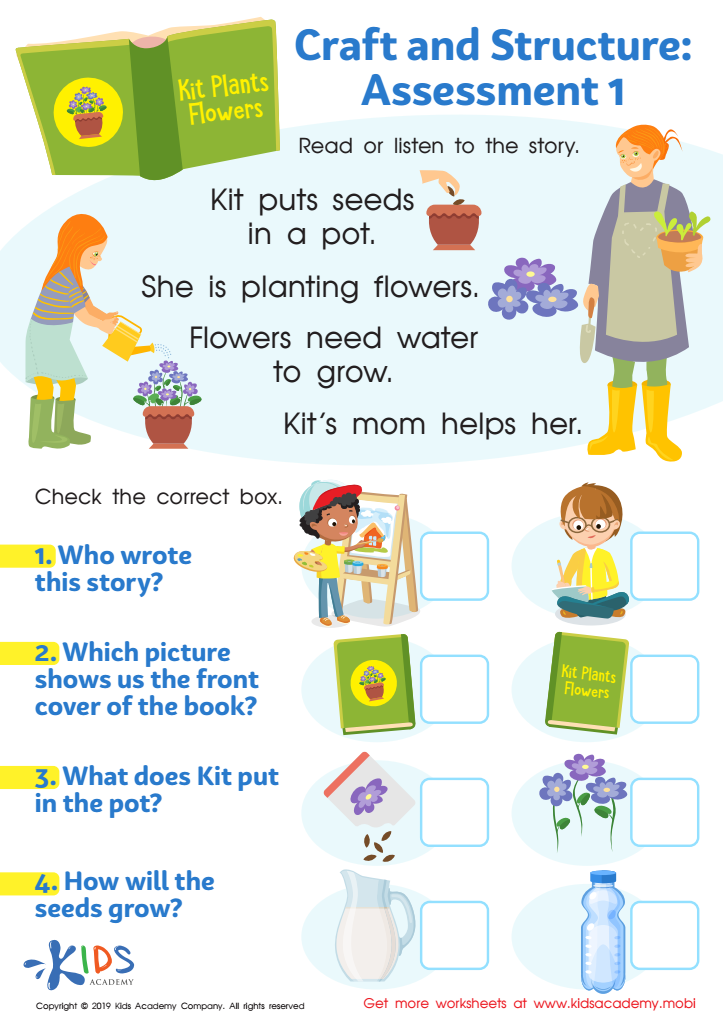

Craft and Structure: Assessment 1 Worksheet
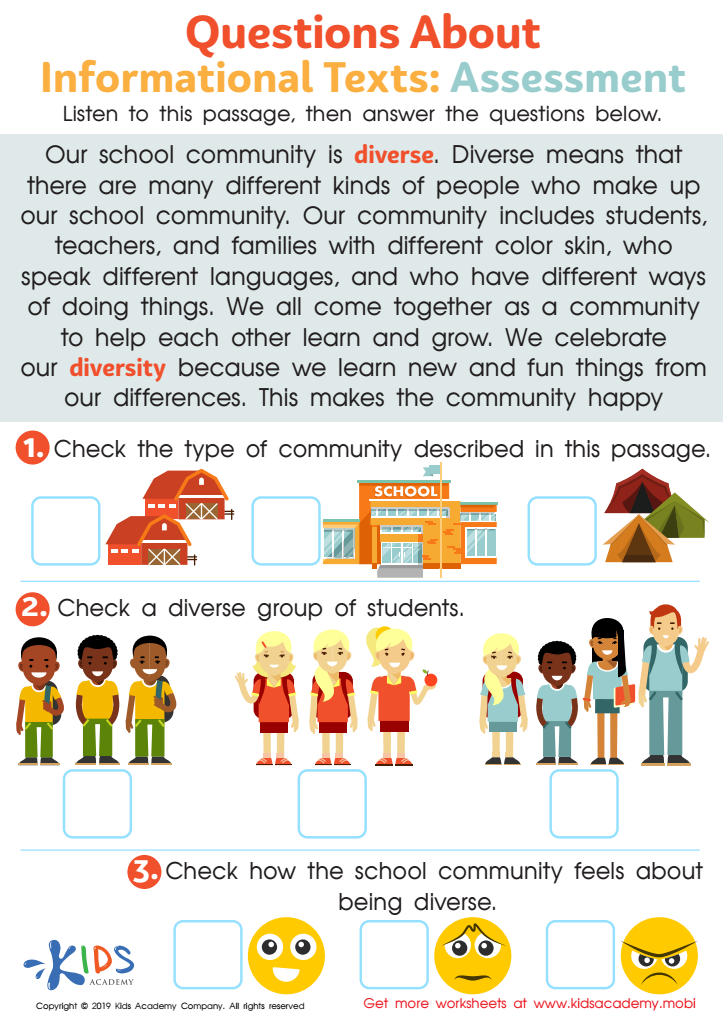

Questions About Informational Texts: Assessment 1 Worksheet
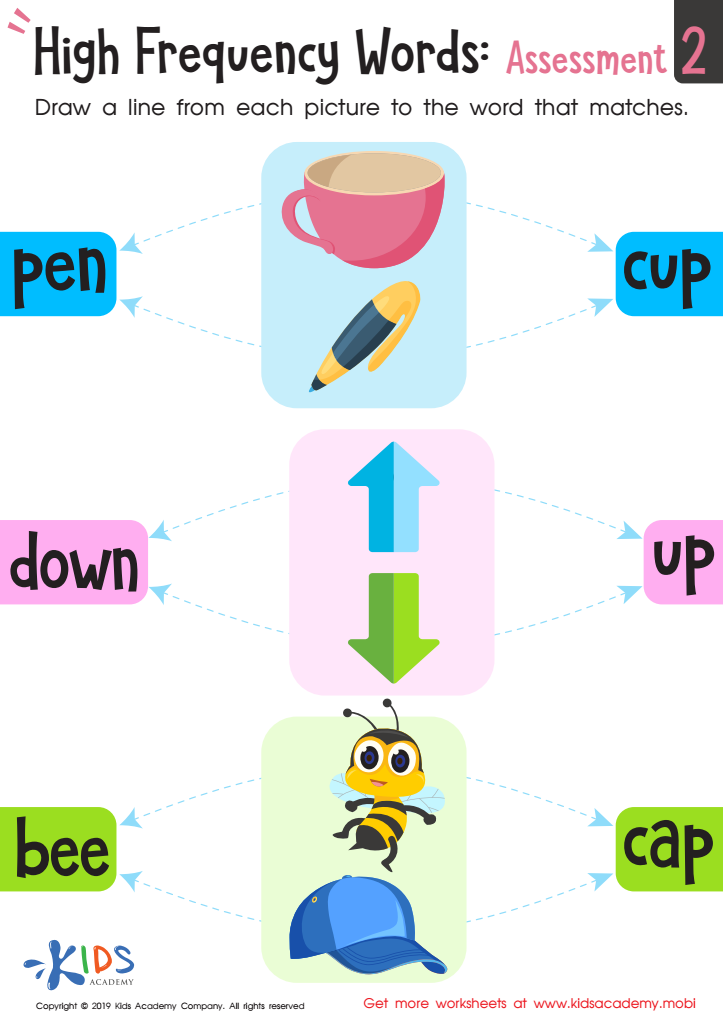

High Frequency Words: Assessment 2 Worksheet
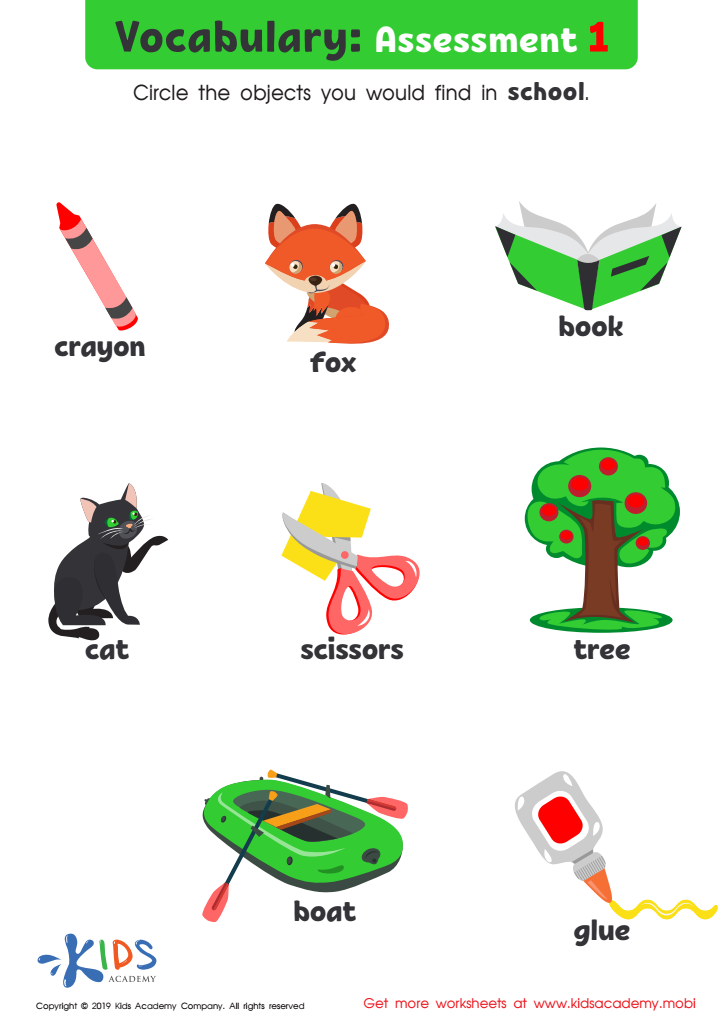

Vocabulary: Assessment 1 Worksheet
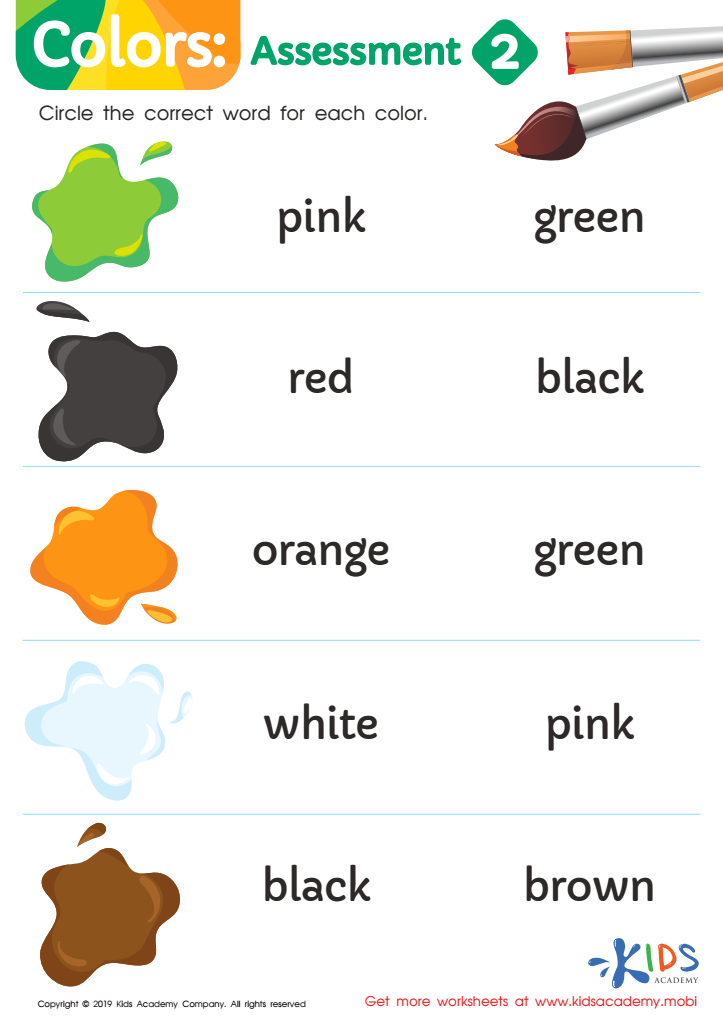

Colors: Assessment 2 Worksheet
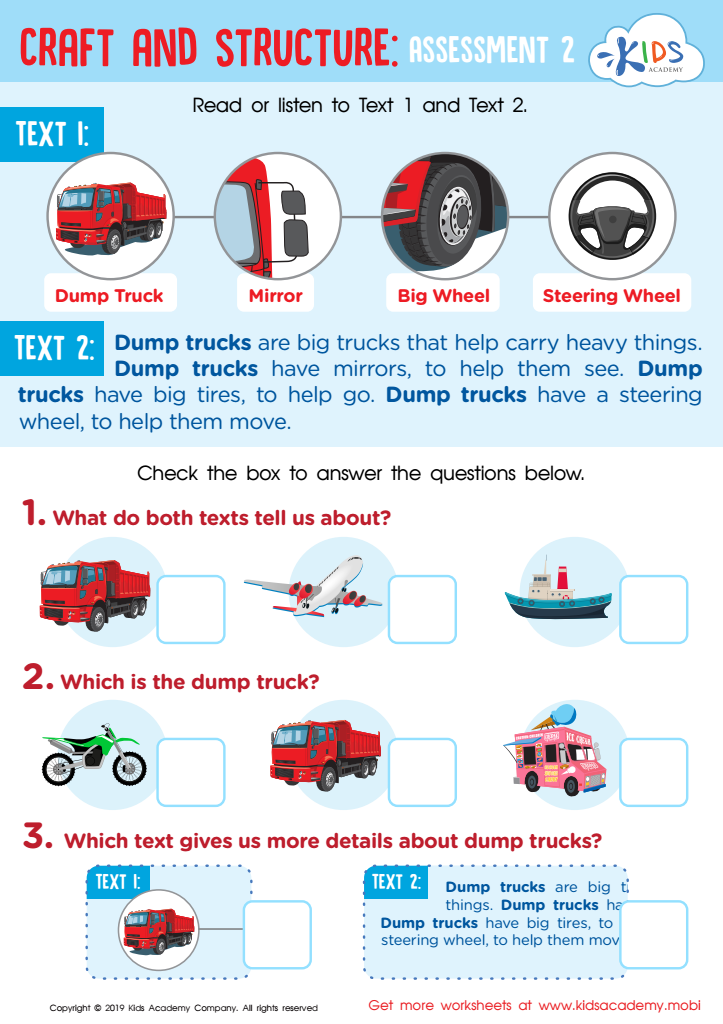

Craft and Structure: Assessment 2 Worksheet
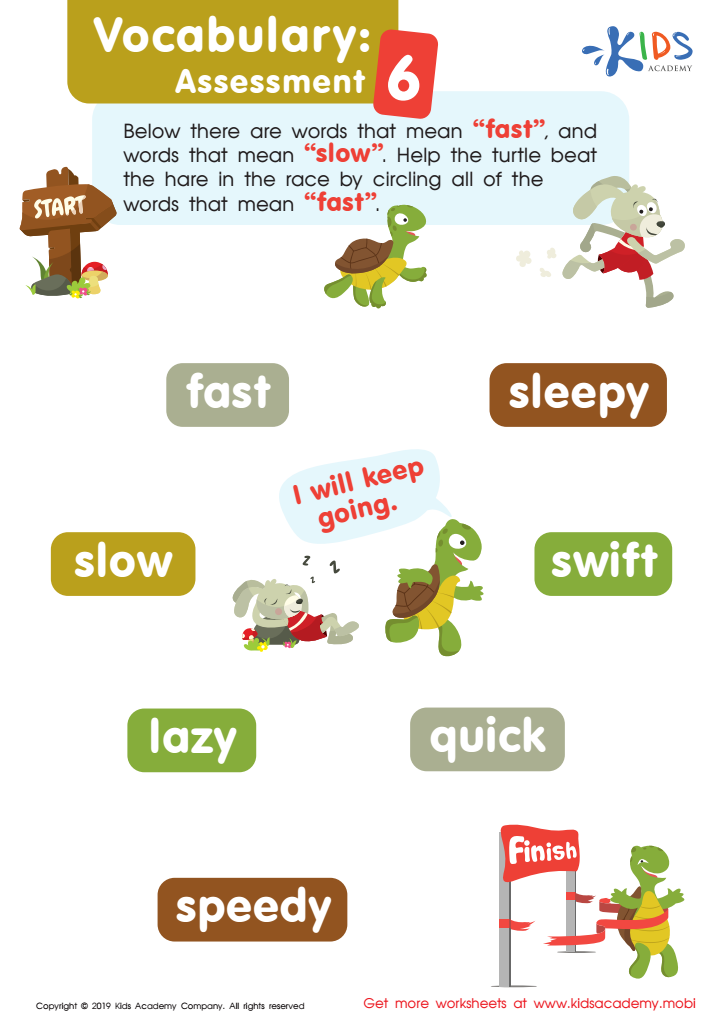

Vocabulary: Assessment 6 Worksheet
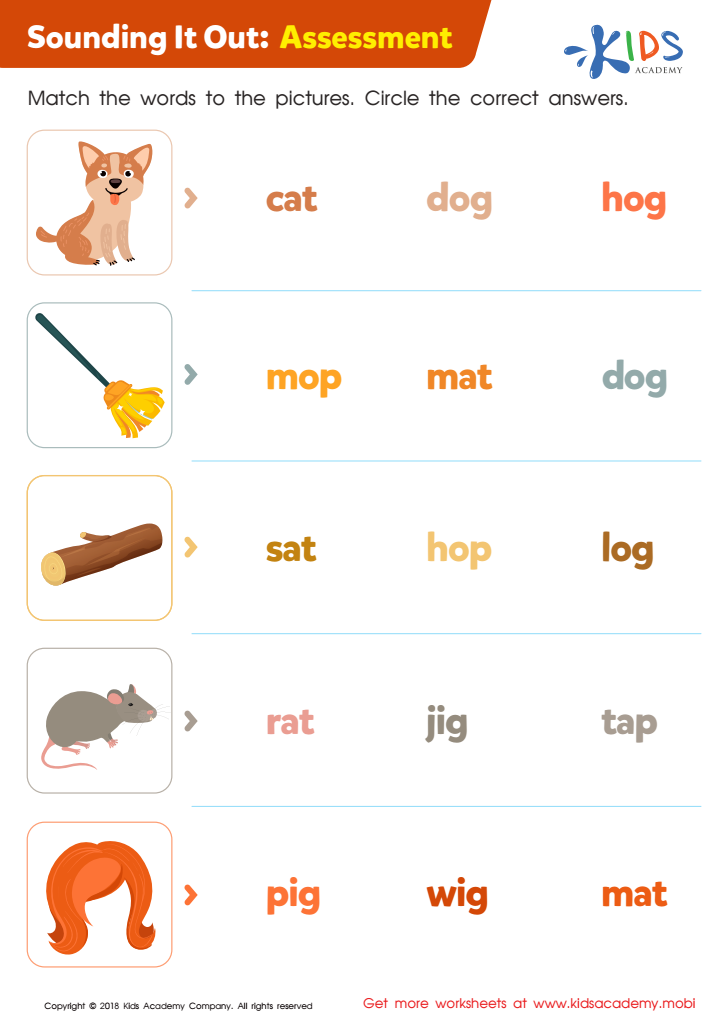

Sounding it Out: Assessment Worksheet
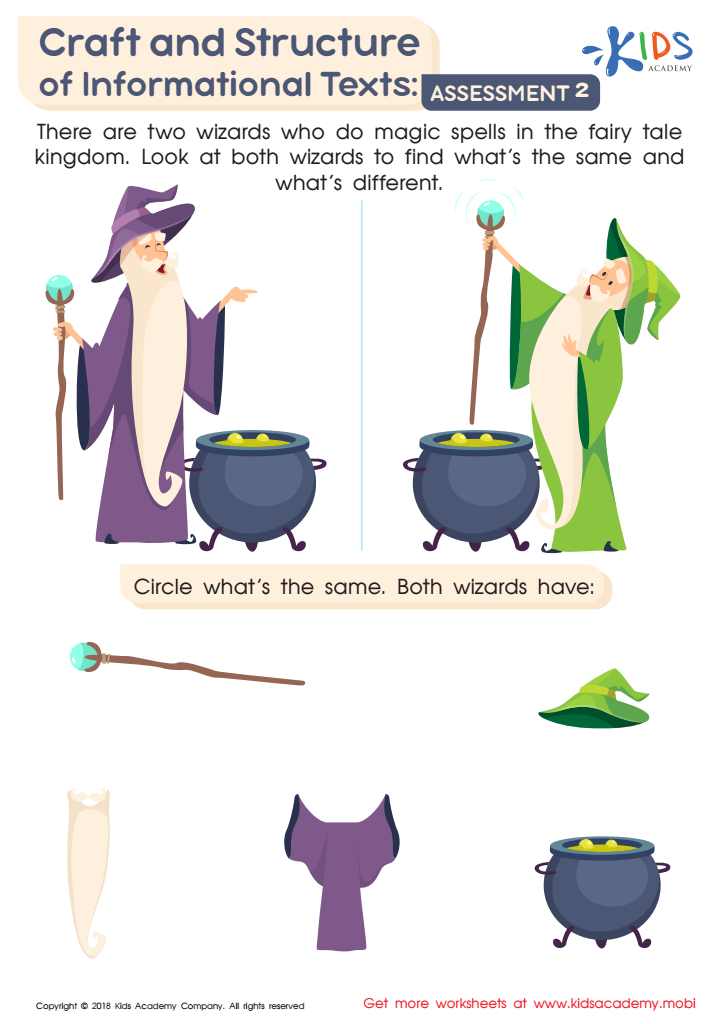

Craft and Structure of Informational Texts: Assessment 2 Worksheet
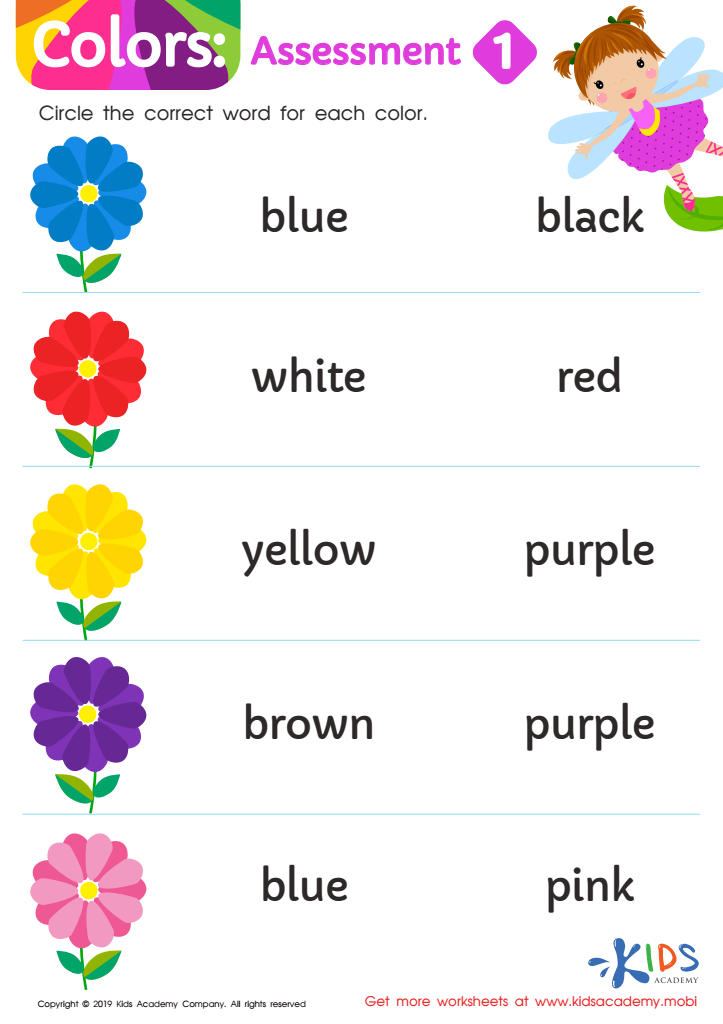

Colors: Assessment 1 Worksheet
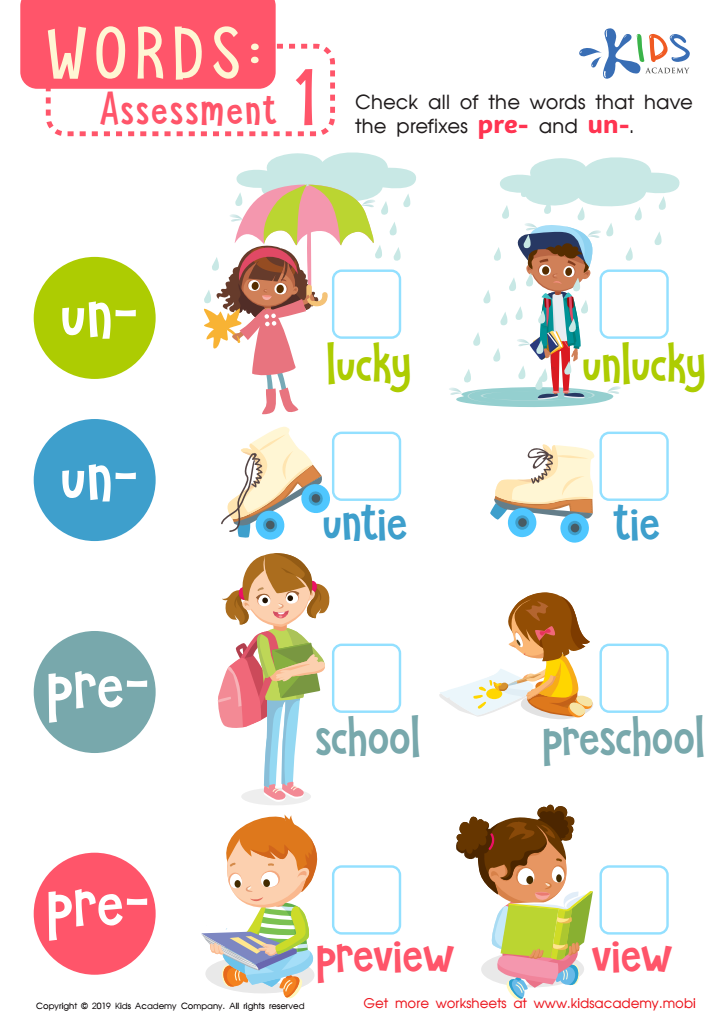

Words: Assessment 1 Worksheet
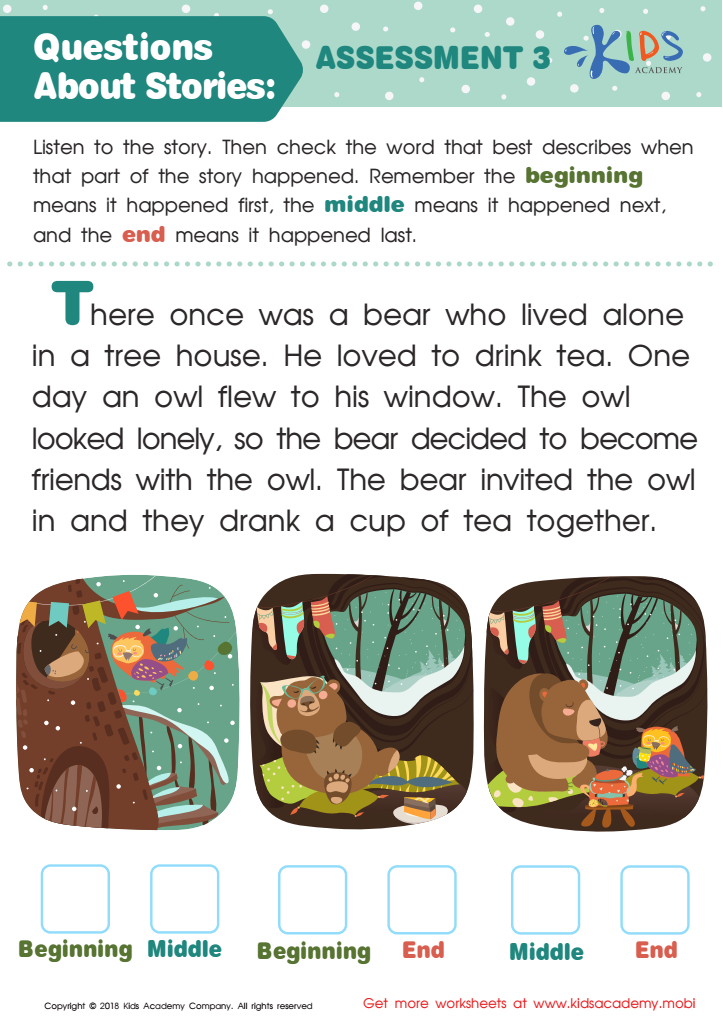

Questions About Stories: Assessment 3 Worksheet
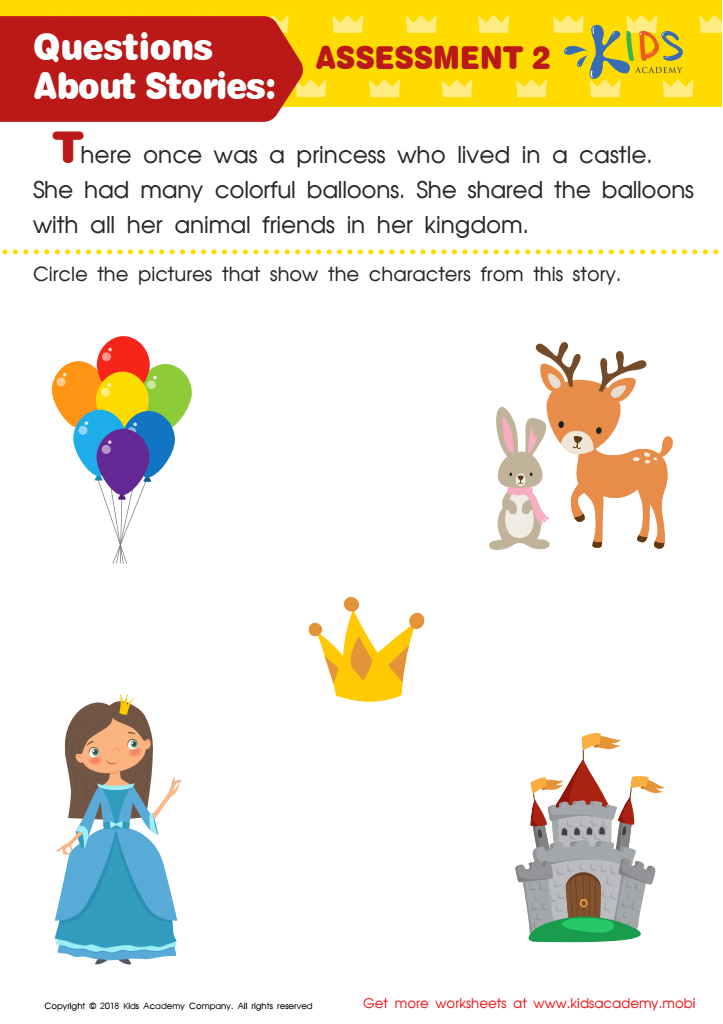

Questions About Stories: Assessment 2 Worksheet
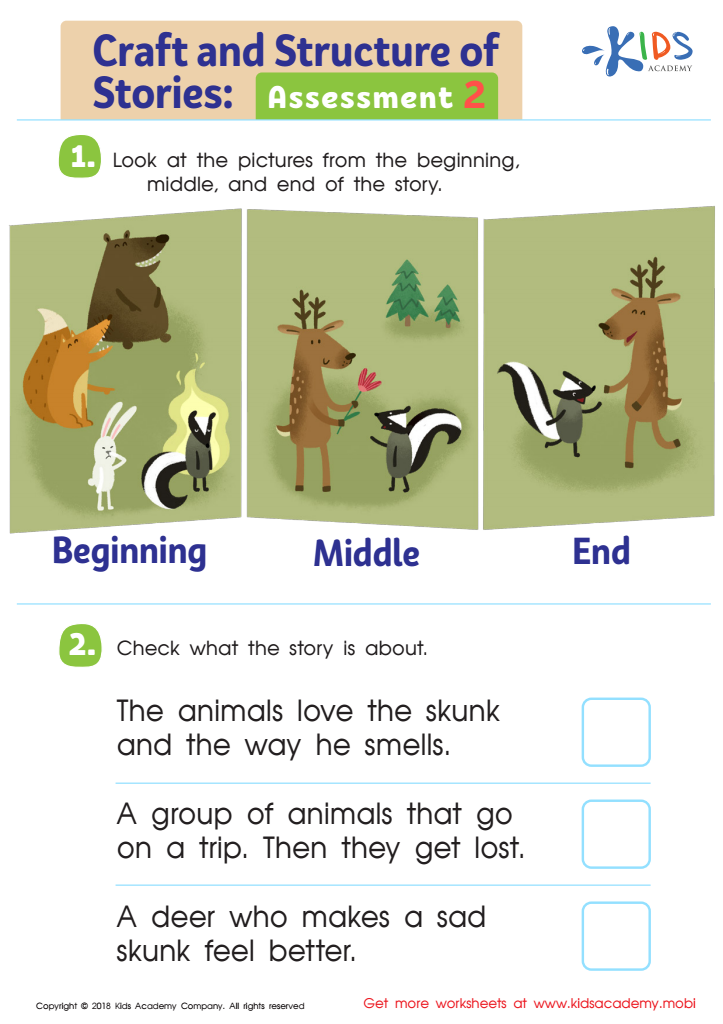

Craft and Structure of Stories: Assessment 2 Worksheet
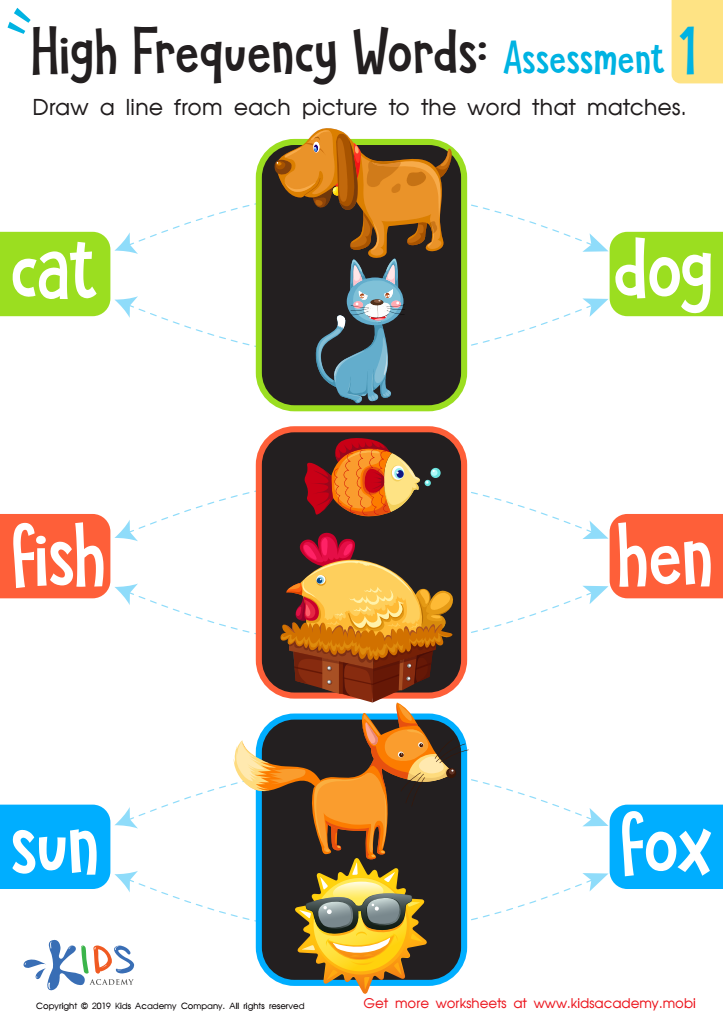

High Frequency Words: Assessment 1 Worksheet
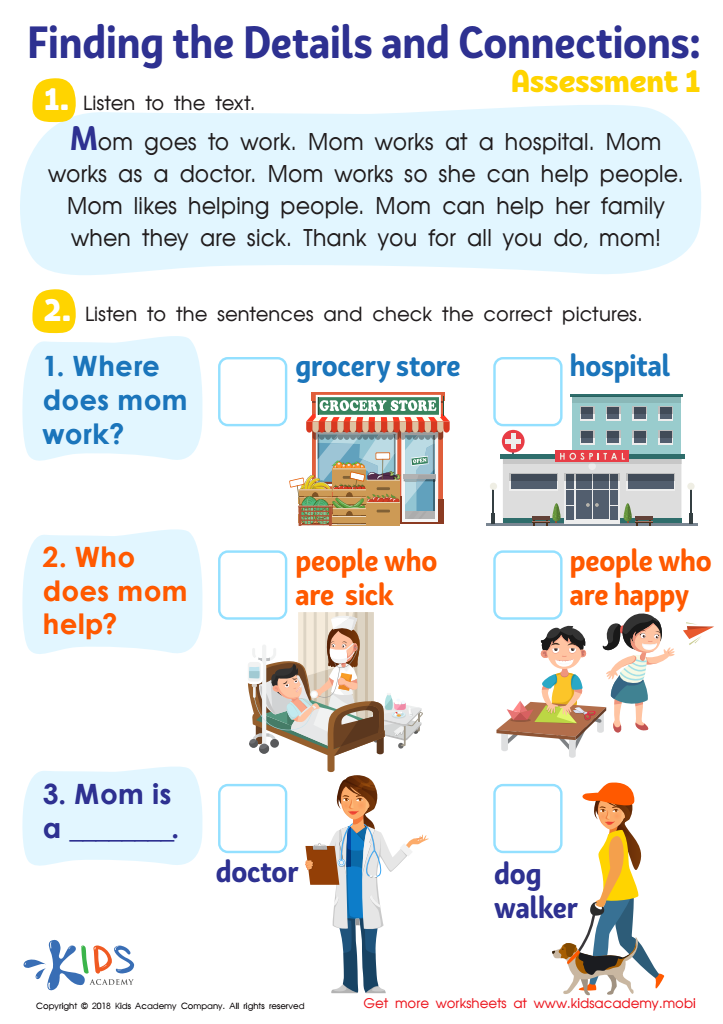

Finding the Details and Connections: Assessment 1 Worksheet
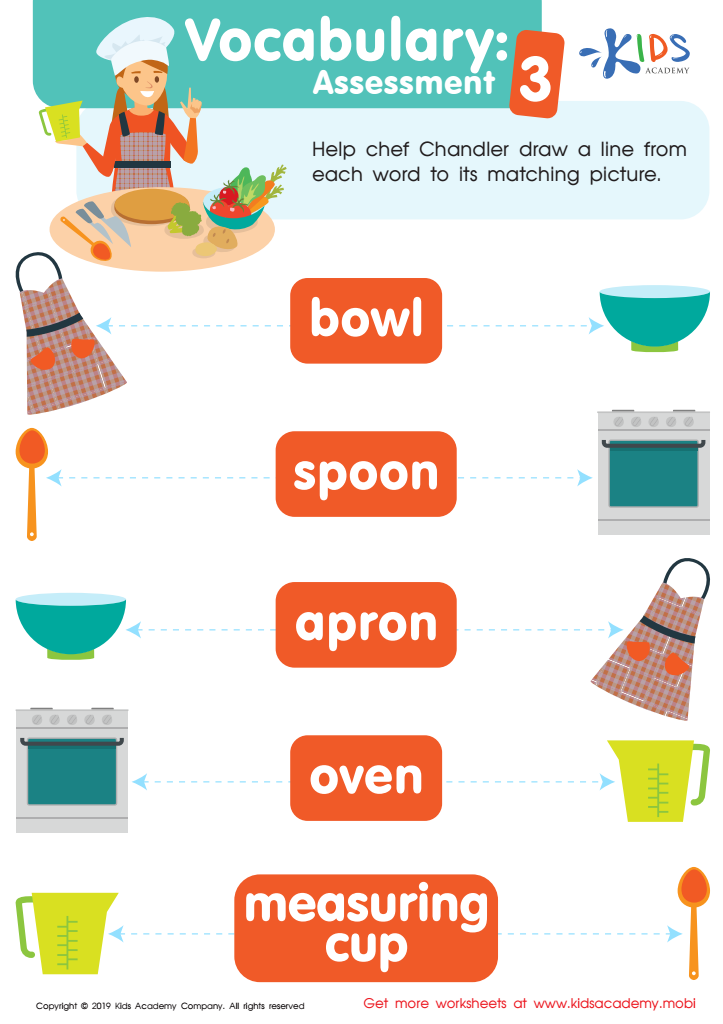

Vocabulary: Assessment 3 Worksheet
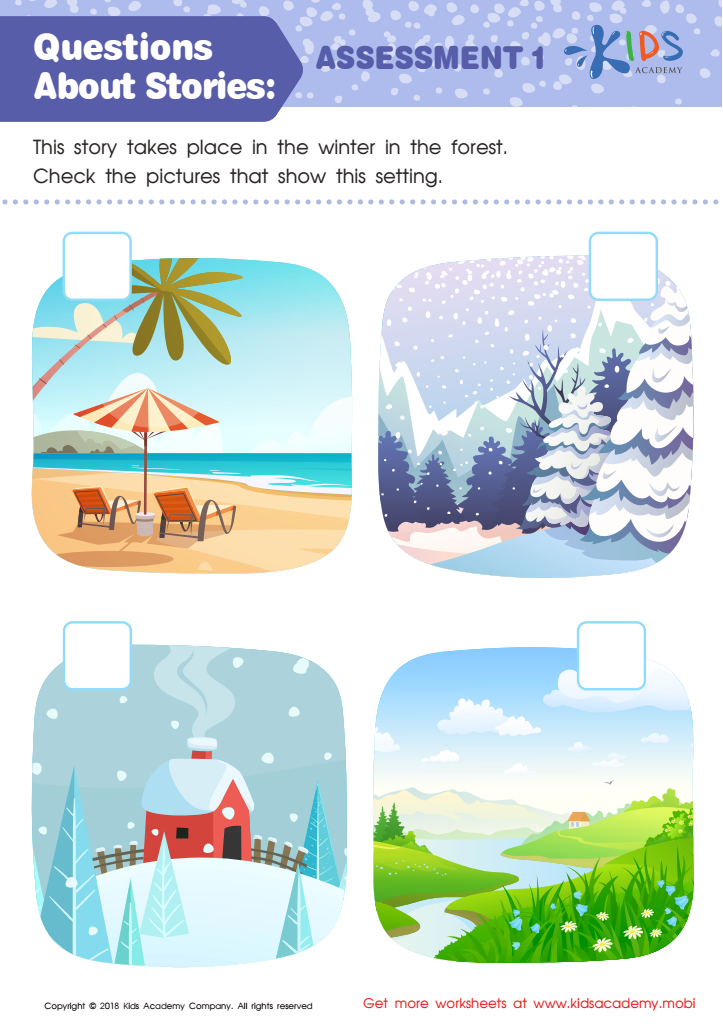

Questions About Stories: Assessment 1 Worksheet
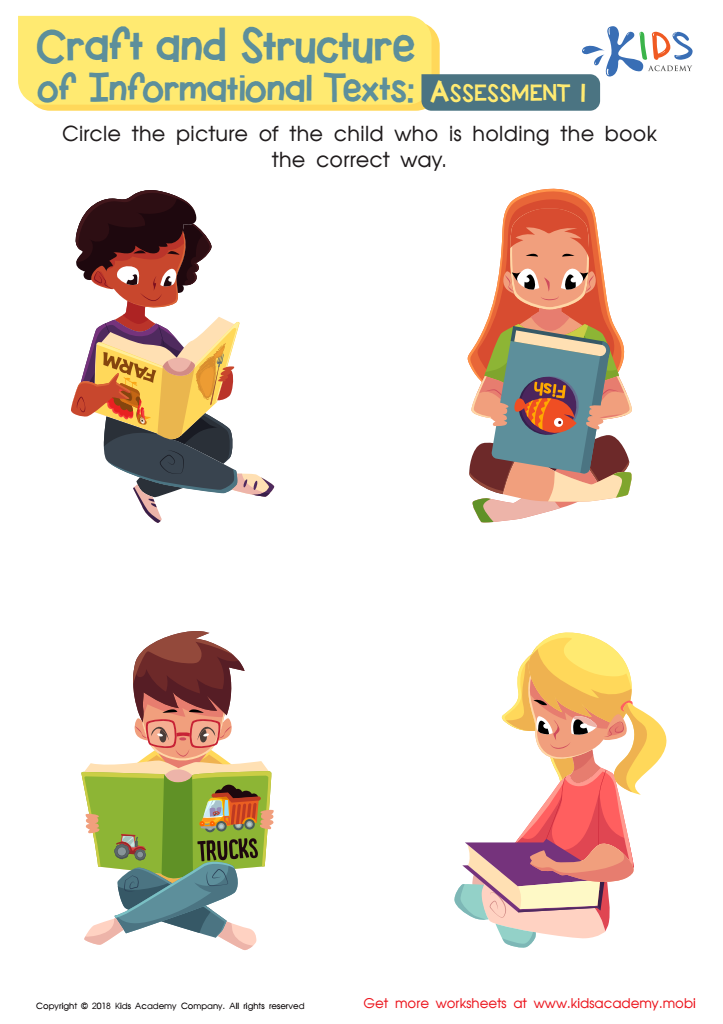

Craft and Structure of Informational Texts: Assessment 1 Worksheet
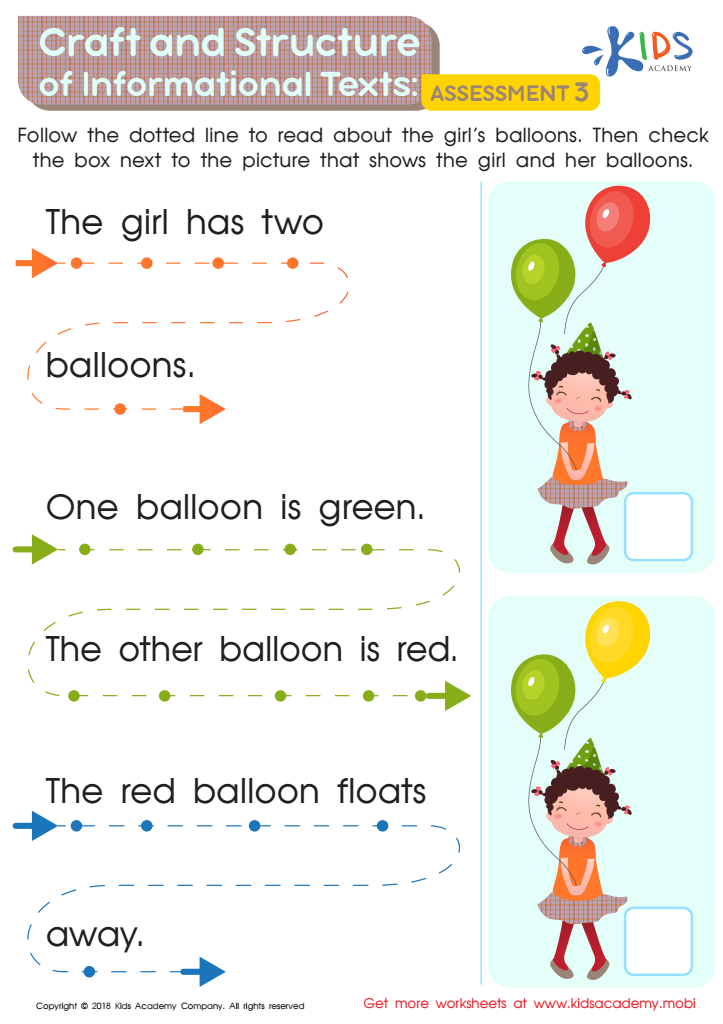

Craft and Structure of Informational Texts: Assessment 3 Worksheet
Reading worksheets activities are an invaluable tool in enhancing literacy and comprehension skills among learners of all ages. These structured exercises not only reinforce reading habits but also foster an engaging environment where students can practice and improve their reading abilities. Let's delve into why reading worksheets activities are so useful.
Firstly, reading worksheets activities are designed to cater to a wide range of skill levels, making them versatile tools in the classroom or for home study. They provide a scaffolded approach to reading, where learners can start with simple texts and gradually progress to more complex ones, allowing for personalized learning paths that match each student's pace and capabilities.
Moreover, these activities are excellent for reinforcing comprehension skills. Through questions and exercises that follow the readings, students are encouraged to think critically about the text, identify main ideas, deduce meanings of unfamiliar words, and make inferences. This active engagement with the text enhances understanding and retention, key components in becoming a proficient reader.
Another significant advantage of reading worksheets activities is their ability to introduce and practice new vocabulary in context. Exposure to a wide array of words within meaningful contexts facilitates better vocabulary acquisition compared to rote memorization. This not only expands a learner’s lexicon but also improves their ability to express themselves more clearly and accurately.
Furthermore, reading worksheets activities often include thematic or cross-curricular content, making learning more integrated and relevant. By connecting reading materials to other areas of knowledge such as science, history, or art, students can develop a more holistic understanding of the world around them, fostering a natural curiosity and love for learning.
In conclusion, reading worksheets activities are a fundamental component in developing proficient and motivated readers. Through structured practice, comprehension reinforcement, vocabulary expansion, and thematic learning, these activities equip learners with the skills and enthusiasm to explore the vast world of literature and beyond.
 Assign to the classroom
Assign to the classroom
